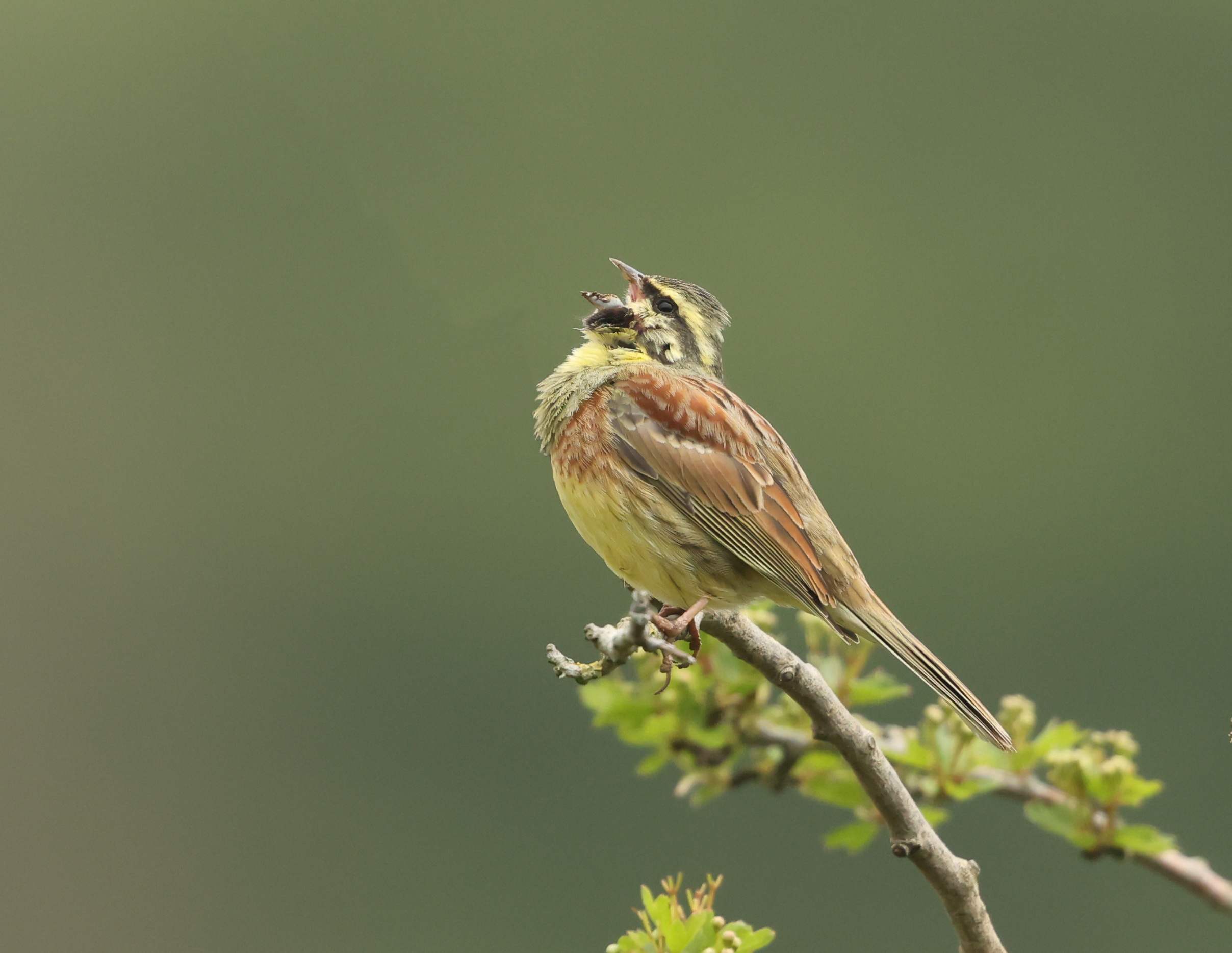Pesticide Contamination Persists in Farmland Birds – Even on Organic Farms
French study finds 84% of wild passerines carry pesticide residues, including long-banned chemicals, with only modest reductions in organic landscapes

Widespread contamination revealed
A new French field study has uncovered extensive pesticide contamination in farmland passerines, even in areas dominated by organic farming. Researchers sampled five common hedgerow species – Cirl Bunting Emberiza cirlus, Common Blackbird Turdus merula, Common Nightingale Luscinia megarhynchos, Dunnock Prunella modularis and Eurasian Blackcap Sylvia atricapilla – capturing birds from hedgerows surrounded by both organic and conventional crops. Blood tests screened for 104 pesticide residues, providing a snapshot of recent, local exposure. The results were stark: 84% of all birds carried at least one pesticide, and a total of 57 compounds were detected – including 14 that had been banned for more than a year, some for over a decade.
Cirl Buntings topped the contamination table, with every individual carrying pesticides and an average of more than nine different compounds. Common Blackbirds, while averaging fewer types, showed the highest total pesticide concentrations – in some cases exceeding 1,700 pg/mg. Eurasian Blackcaps had the lowest contamination levels, yet still tested positive for banned insecticides such as clothianidin.
The study area in south-west France, part of the Zone Atelier Plaine & Val de Sèvre long-term research site, is an intensively farmed landscape where organic fields make up just 18% of the agricultural area. Hedgerows were chosen to match in structure across sites, ensuring farming practice was the main variable.
Banned pesticides still in birds’ blood
Fourteen of the detected compounds have been illegal for at least a year, including chloridazon (banned 2021) found only in Cirl Buntings, and fenarimol (banned 2007) still turning up in Blackbirds. The presence of such residues raises two possibilities: extreme persistence in soils, water or prey, or continued illegal use from old stockpiles.
The diversity of chemicals reflects different feeding and habitat use. Insectivores like the Eurasian Blackcap were more contaminated by insecticides, while granivorous and mixed-diet species tended to show higher fungicide and herbicide residues. Contamination patterns also varied with behaviour – species feeding at ground level or in open crop edges appeared at higher risk than those foraging in denser vegetation.
Organic farming – some benefit, but no escape
Overall, the number of pesticides per bird was similar in organic and conventional sites, but concentrations were lower in some cases. Common Blackbirds and Eurasian Blackcaps carried significantly less pesticide in organic areas – 55% and 90% lower respectively – yet contamination was still common. The likely reasons include spray drift, runoff from nearby conventional fields, and persistence of pesticides in soils and food webs.
Only one “organic” site was entirely surrounded by organic fields; the rest still contained some conventional crops within the birds’ foraging range. This partial separation, coupled with the mobility of species, makes total avoidance of pesticides improbable.
Birds as bioindicators of One Health concerns
The findings underscore the value of farmland birds as sentinels of environmental contamination. The same multi-residue methods have previously revealed similar chemical profiles in local Grey Partridges and Montagu’s Harrier chicks, and many of the same compounds have been detected in local soils, water, invertebrates and small mammals.
Within the One Health framework linking environmental, animal and human well-being, these results suggest that widespread pesticide residues in farmland birds may mirror exposure risks for people living and working in agricultural landscapes. The persistence of banned chemicals points to the need for better enforcement, more extensive organic buffers, and long-term monitoring of contaminants across the food chain.
Key message
Even in areas where organic farming covers nearly one-fifth of the land, pesticide contamination in wild birds remains pervasive. While certain species may benefit from lower concentrations in organic areas, the scale of environmental contamination means that total avoidance is unlikely without broader landscape-level change.
August 2025
Share this story







